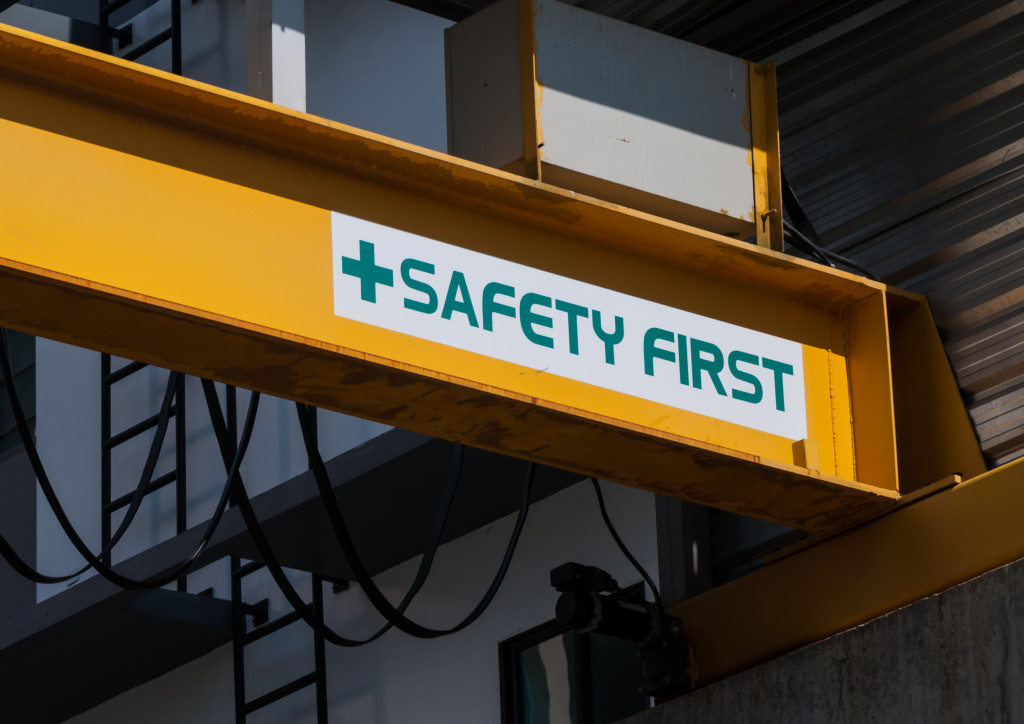- Safety in the workplace is essential to protect employees from physical harm and ensure they can fulfill their duties without fear of potential hazards.
- Develop safety protocols so that everyone knows what is expected in the event of an emergency.
- Provide training for employees to understand how to respond in different scenarios, including evacuation procedures and fire safety.
- Schedule regular inspections to identify potential hazards and keep business compliant with local laws.
- Encourage open communication about safety issues so that everyone feels comfortable speaking up.
Creating and maintaining a safe work environment for employees should be one of the top priorities for any business owner or manager. Safety in the workplace is essential to protect employees from the risk of physical harm and to ensure that they can perform their duties without fear of being exposed to potential hazards. Here’s a closer look at why providing a safe work environment is so important.
Why Safety Matters
Safety in the workplace matters because it protects employers and employees from potential risks and hazards. A safe working environment helps prevent workplace accidents, injuries, and illnesses, which can result in costly medical treatments, legal fees, and compensation claims. It also creates an atmosphere where employees feel secure and supported, leading to improved morale and productivity.
Creating a Safe Workplace

Creating a safe work environment begins with understanding the risks associated with each job position within your company. A safe workplace not only helps to protect employees and customers, but also demonstrates your commitment to providing a positive experience for everyone who enters your facility. Here are four tips to help you create a safe workplace.
Develop Safety Protocols
The first step in creating a safe workplace is to establish safety protocols specific to your business’s needs. These protocols should cover everything from general safety procedures to emergency response plans. Additionally, they should be regularly reviewed and updated as needed. This will ensure that everyone knows what is expected of them in an emergency.
Provide Training
Once you have established safety protocols, it is essential to provide training for employees, so they understand how to respond in an emergency. This training should include theoretical and practical components so that employees can learn the proper techniques for responding in different scenarios. It should also include information about evacuation procedures, fire prevention, and other pertinent topics.
Schedule Regular Inspections
One of the best ways to ensure a safe work environment is to schedule regular inspections. You should inspect all areas of the workplace for potential hazards, including electrical outlets and wiring, stairs or steps, and any equipment that may pose a safety hazard.
For instance, opting for annual thermal imaging services to ensure that your electrical system is up-to-date and reliable can help reduce the risk of electrical fires. This prevents the potential for costly damages and will keep your business in compliance with local laws.
Encourage Open Communication

It is important to encourage open communication between management and employees so that everyone feels comfortable raising any concerns about safety issues or potential hazards in the workplace. It’s also beneficial for employers to solicit employee feedback regarding their work experience and make changes accordingly if necessary.
By creating an environment where open communication is encouraged, you can help ensure that everyone feels comfortable speaking up when something doesn’t seem right or could be improved upon for a safer working environment overall.
Enforcing Safety Rules
In addition to creating safety protocols, these rules must be enforced on an ongoing basis. This means ensuring all staff members are aware of the safety protocols in place and actively enforcing them when necessary. Employers should also make sure that they follow up on any issues that arise immediately to ensure that they do not become larger problems down the line.
Regular communication between management and staff members can help create an open dialogue about workplace safety issues so that everyone feels comfortable raising concerns as soon as possible.
Moreover, employers should also have a system in place where employees can report any safety violations they witness or experience without fear of repercussions. This will help ensure that everyone is held accountable for their actions and create an environment where safety is taken seriously and respected.
Providing a safe working environment for all staff members is essential for protecting both employers and employees from potential risks and hazards in the workplace. As a business owner, you have the power to create a safe and supportive working environment by developing safety protocols, providing training on safety issues, scheduling regular inspections, and encouraging open communication. By taking the time to create a workplace that is safe for everyone, your business will be able to reap the rewards of improved morale, productivity, and financial stability in the long run.
